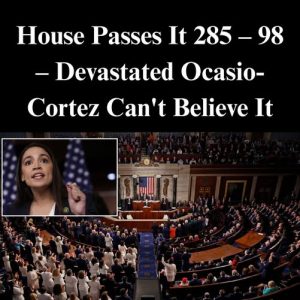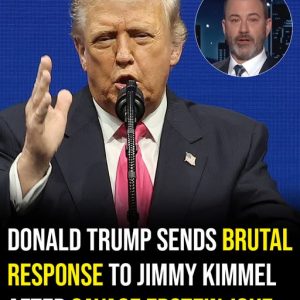Former President Donald Trump announced a major new economic proposal on Truth Social, revealing what he calls a “national dividend” that would distribute at least $2,000 to most Americans. The idea represents one of the most ambitious cash-transfer proposals ever floated by a major political figure, placing it at the center of Trump’s economic messaging. Under his plan, high-income earners would not be eligible, ensuring that the financial relief is targeted primarily toward middle- and working-class households. Trump framed the initiative as a direct return of national wealth to the American people, tying it to his broader narrative that policy decisions should prioritize American workers above global economic dynamics.
A defining feature of the plan is its exclusive reliance on tariffs as the funding source. Trump argued that foreign nations have long benefited from access to the U.S. consumer market while contributing little to domestic prosperity. By imposing substantial tariffs on imported goods, he claims the federal government could collect enough revenue to fund cash payments without raising taxes or increasing deficit spending. In his view, these tariffs would not only generate the necessary funds but also create pressure for foreign industries to stop what he considers unfair competition. The result, according to Trump, would be a system where American households receive direct benefits while U.S. manufacturing grows more competitive.
Supporters of the national dividend describe it as a bold reinterpretation of tariff policy. Instead of using tariffs primarily as a punitive or protective measure, they argue this plan would turn tariff revenue into a redistribution mechanism benefiting millions of Americans. Some advocates see it as a populist economic strategy with the potential to boost consumer spending, stimulate local economies, and provide families with breathing room amid high costs of living. They also note that tying the payments to tariffs reinforces Trump’s “America First” agenda, which emphasizes national self-sufficiency, economic nationalism, and a revival of domestic production capacity.
Critics, however, question nearly every aspect of the plan’s feasibility. Economists warn that sharply increasing tariffs would almost certainly raise consumer prices across a wide range of goods, from electronics and clothing to food and household essentials. Because importers typically pass tariff costs onto consumers, the resulting inflation could erode the real value of the $2,000 dividend. This would leave many families paying more for everyday products, potentially offsetting the intended financial benefit. Furthermore, analysts argue that relying on tariffs as the sole funding source is unpredictable, as tariff revenue fluctuates with trade volume and economic conditions.
There are also concerns about the broader economic and geopolitical consequences. Major trade partners could retaliate with tariffs of their own, reducing demand for U.S. exports and harming key American industries. Trade tensions could worsen existing supply-chain challenges, increase market uncertainty, and lead multinational firms to shift production strategies in ways that destabilize global commerce. Critics worry that such disruptions could undermine both short- and long-term economic growth. Some also argue that concentrating federal revenue so heavily on tariffs creates fiscal vulnerabilities, especially during economic downturns when import activity typically declines.
Despite the criticism, Trump continues to present the national dividend as a signature policy aligned with his long-standing political identity. He portrays the plan as a direct challenge to conventional economic thinking, a tool for empowering Americans financially, and a step toward greater national independence from foreign economies. In positioning the dividend this way, Trump reinforces his broader message that U.S. policy should prioritize domestic prosperity above global integration. For supporters, it offers a dramatic and populist vision of economic restructuring; for opponents, it raises serious questions about inflation, trade stability, and fiscal viability. Regardless of its practicality, the proposal marks a significant escalation in Trump’s economic rhetoric and signals the direction he intends to take future policy debates.





